
Quantum Torah®
Where Torah Wisdom Meets Modern Science
Revealing deep connections between biblical texts & Kabbalah and contemporary physics
Explore the ConvergenceProject of the Urim and Thummim Institute for Interdisciplinary Studies in Torah and Science
Featured Content
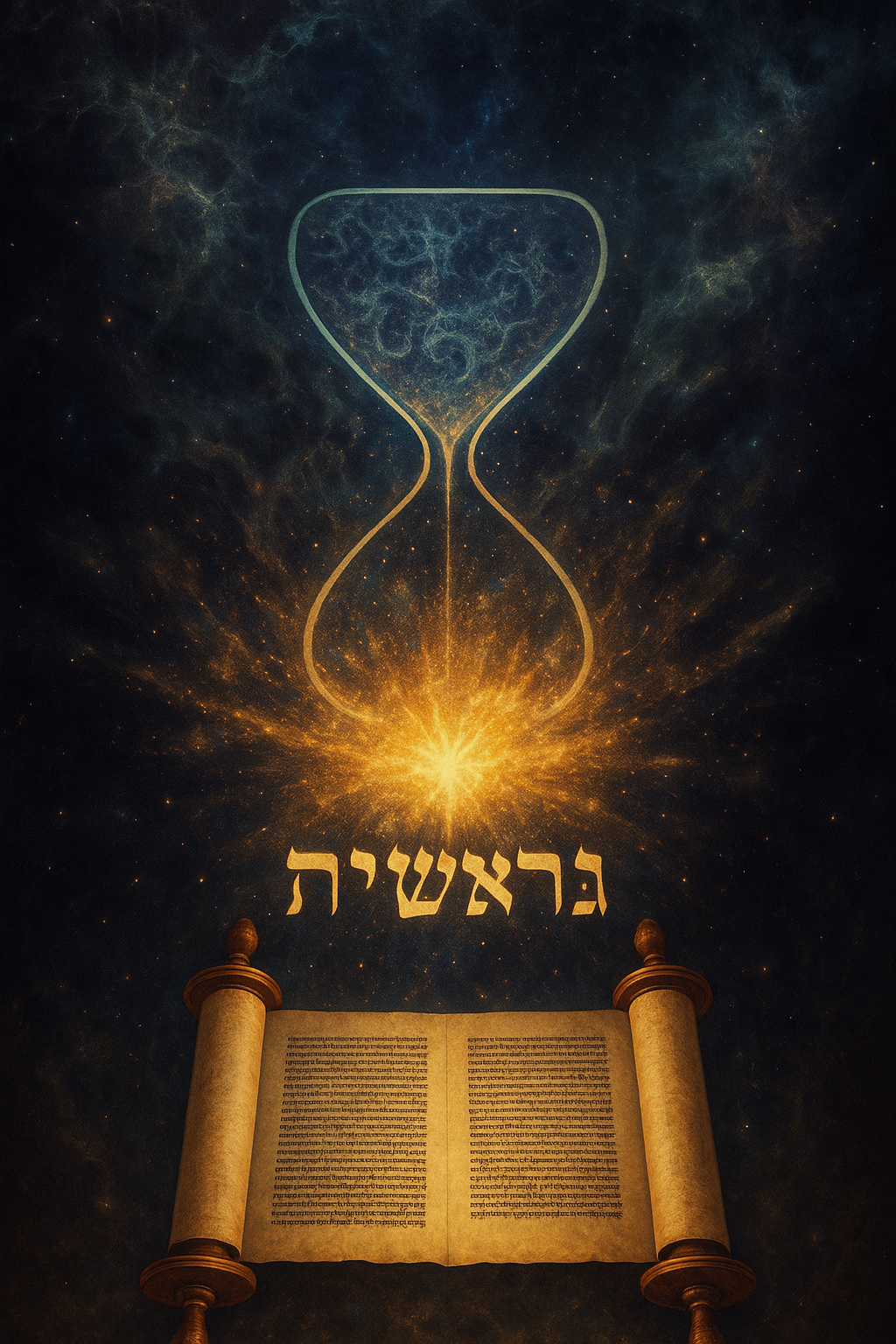
Towards Reconciliation of Biblical and Cosmological Ages of the Universe
In “Towards Reconciliation of Biblical and Cosmological Ages of the Universe,” Alex Poltorak investigates the gap between the Torah’s under-six-thousand-year timeline and cosmology’s roughly twelve-billion-year estimate. He begins by critically examining both views before proposing that, for about twelve billion years, the universe existed in a “proto-physical” quantum superposition until the first conscious observer collapsed its wavefunction. This collapse initiated a “physical” timeline that aligns with human history as recorded in the Torah. By framing creation through this dual-timeline model—an initial observer-independent epoch followed by an observer-dependent era—Poltorak bridges scientific data and classical Jewish thought.
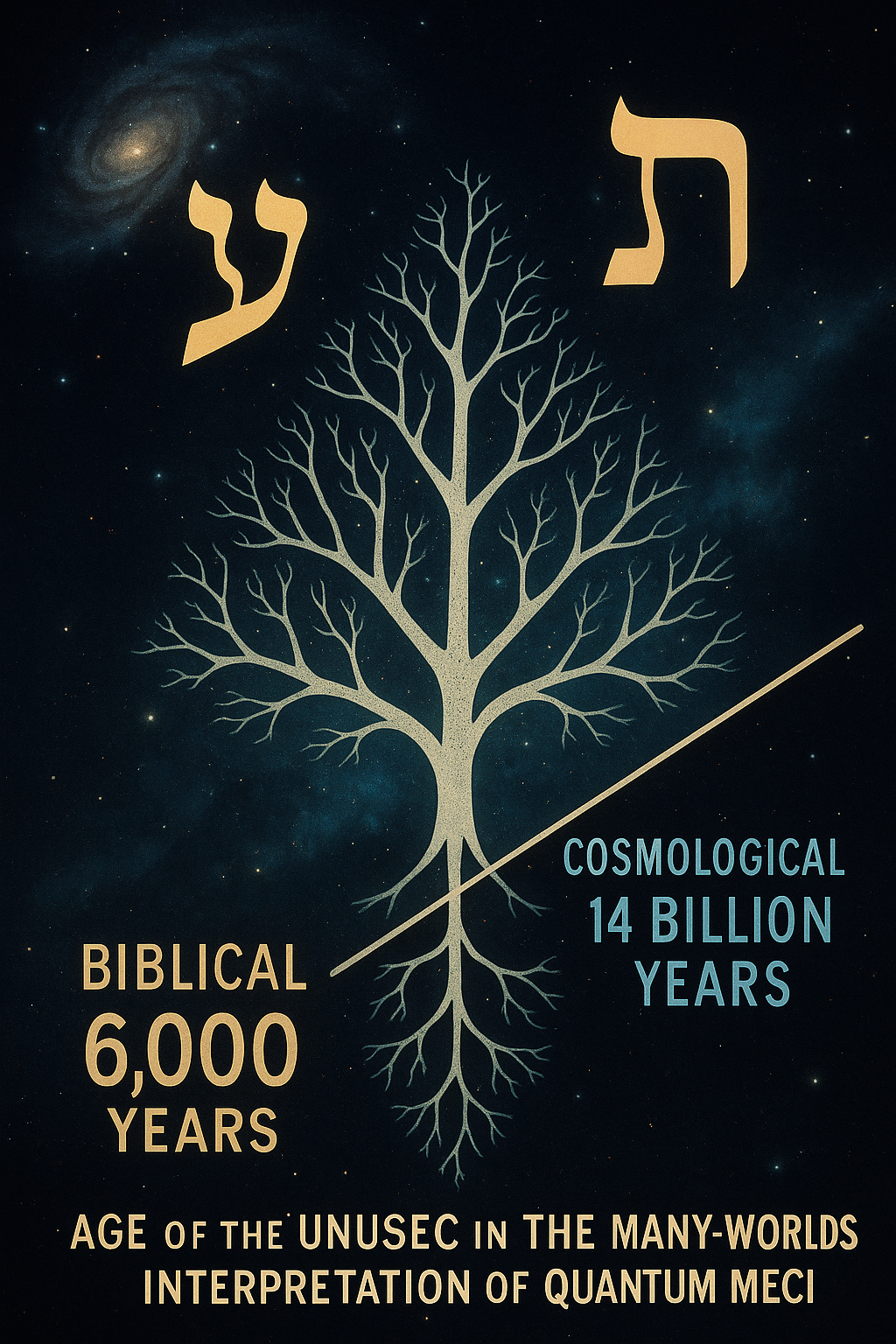
On the Age of the Universe in the Many-Worlds Interpretation of Quantum Mechanics
The present paper addresses the apparent discrepancy between the cosmological age of the universe, estimated at twelve to fourteen billion years, and the “biblical” age, believed in the Jewish tradition to be less than six thousand years. This paper is a sequel to my previous paper, “On the Age of the Universe,” presented at the Third Miami International Conference on Torah and Science, which aimed to resolve this contradiction from the point of view of the collapse of the wave function in the Copenhagen interpretation of Quantum Mechanics (QM). Continuing this discussion, I shall now approach the problem from the slightly different point of view of the many-worlds interpretation of QM.
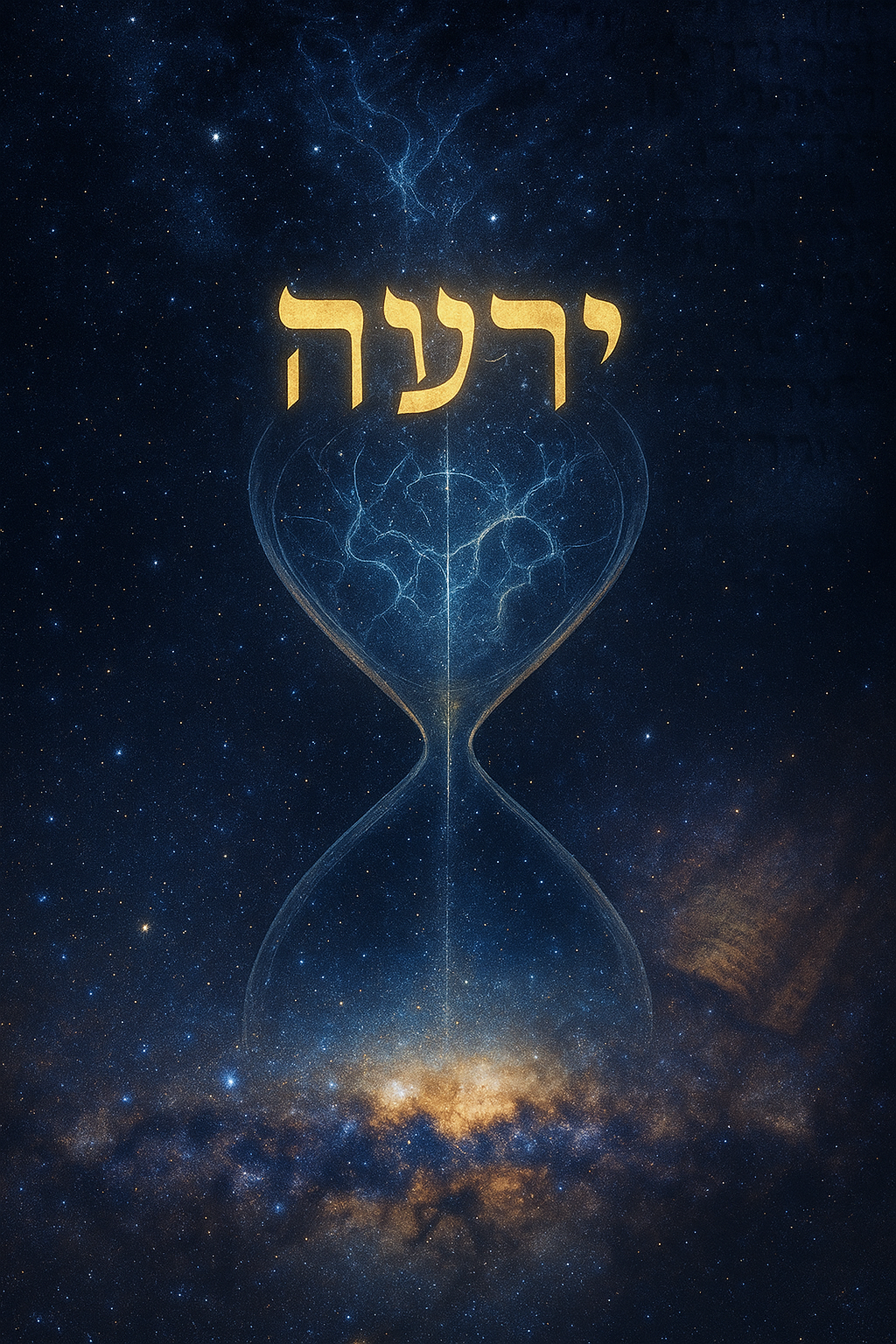
On the Nature of Time and the Age of the Universe
Alex Poltorak’s 2005 presentation, “On the Nature of Time and the Age of the Universe,” examines time as both a metric dimension and a dynamic flow, drawing on Jewish theological insights—such as the Tetragrammaton’s encapsulation of past, present, and future and the mitzvah of sanctifying the new moon—and modern physics, including Minkowski spacetime and quantum observer effects. Poltorak proposes a two-timeline model: a static, “frozen” pre-human universe existing for some 13.7 billion years and a second, dynamic timeline initiated by the first conscious observers (Adam and Eve) collapsing the universal wavefunction, thereby reconciling the cosmological age with the traditional Jewish chronology of approximately 5,770 years.
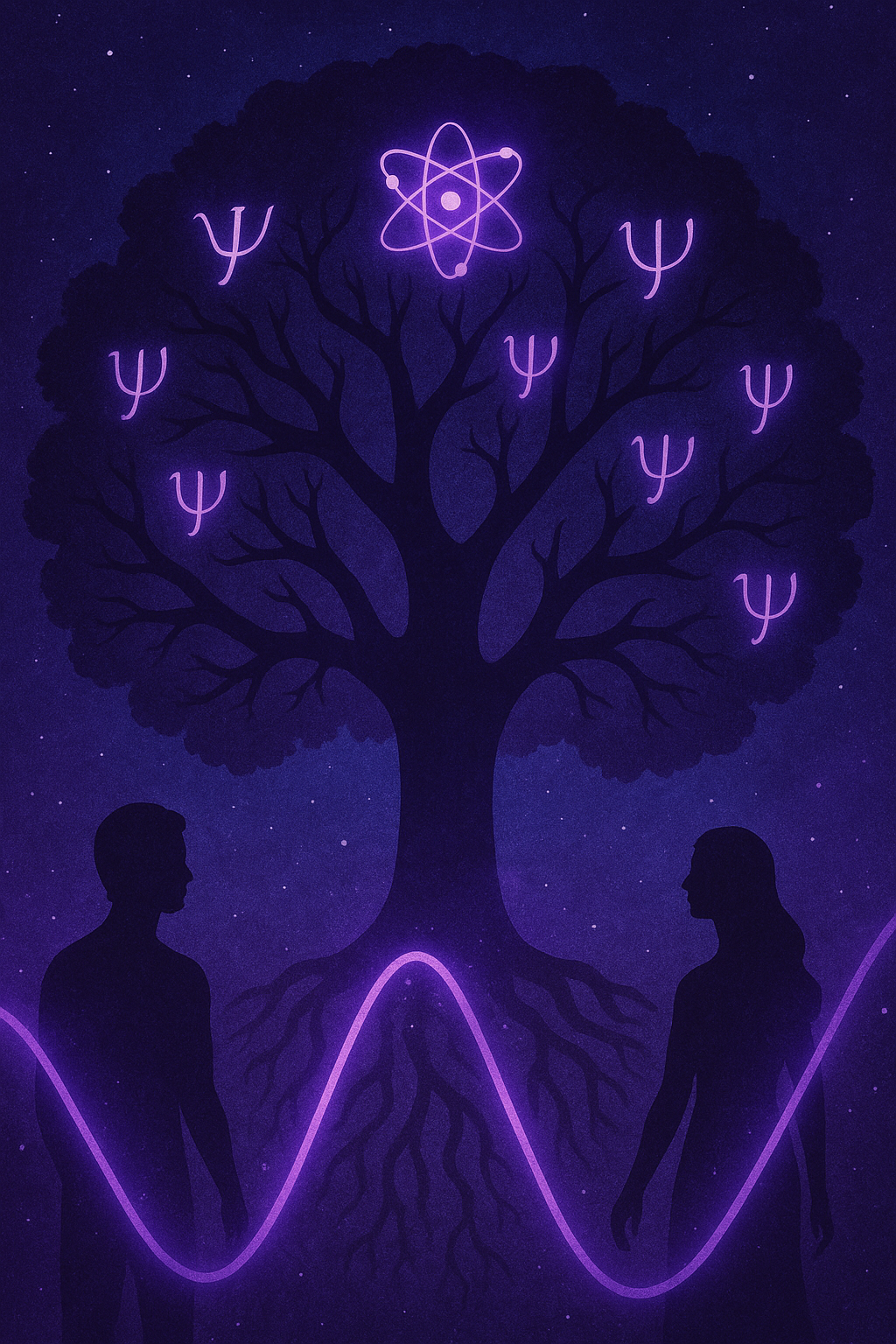
The Tree of Knowledge as a Quantum-Mechanical Metaphor
Alexander I. Poltorak interprets the Genesis story of the Tree of Knowledge as a quantum‑mechanical metaphor. Adam and Eve originally distinguished truth from falsehood, while good and evil existed in an undefined superposed state. By “measuring” good and evil through eating the fruit, they collapsed this superposition, erasing prior certainty about truth—akin to the Heisenberg uncertainty principle’s trade‑offs. This act inflated ego, brought mortality, and led to exile, mirroring quantum concepts of incompatible variables and wave‑function collapse. The article even maps these ideas onto Hilbert‑space equations, suggesting the Torah narrative reflects quantum logic.
Get Started
Subscribe to our blog today
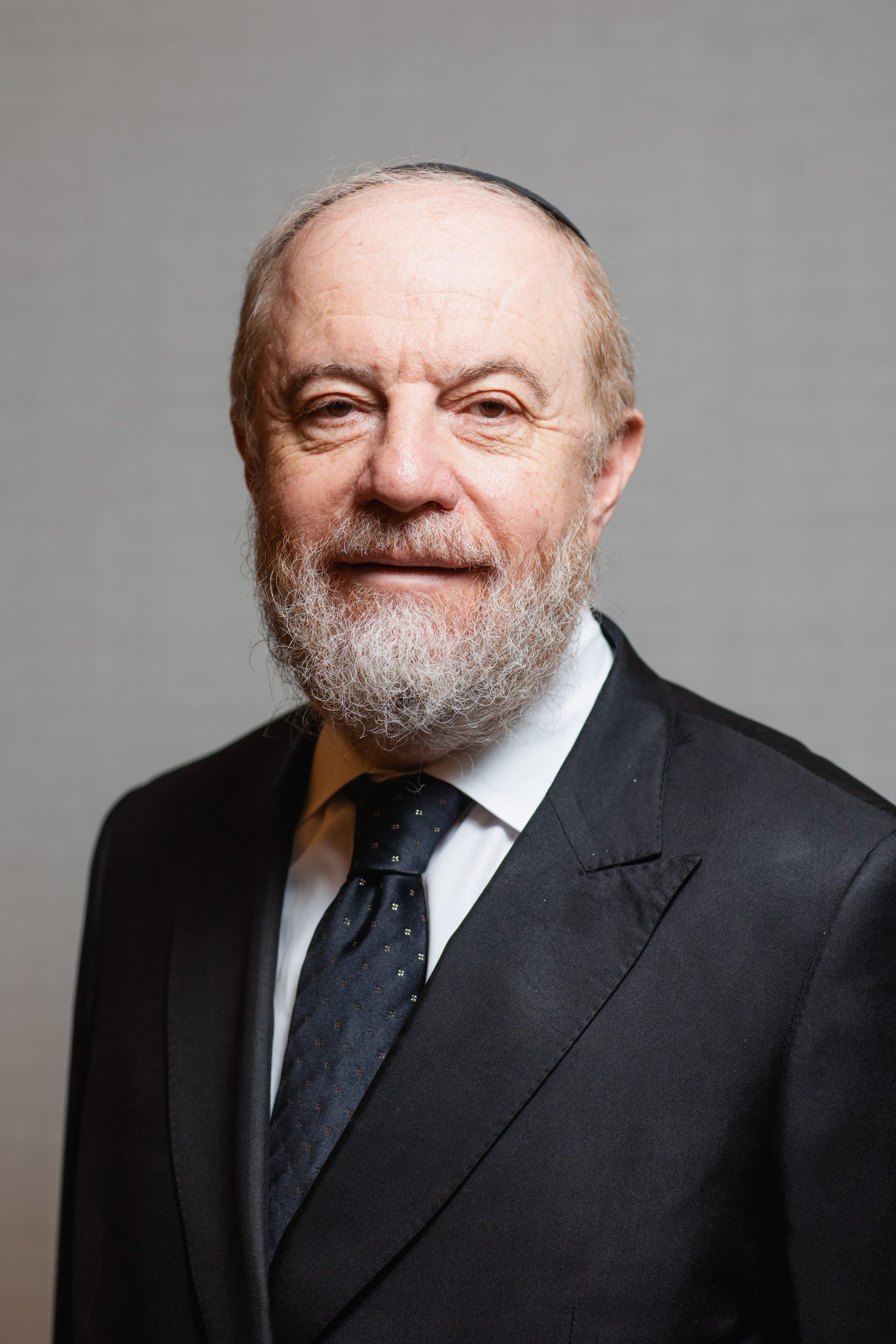
Introducing the work of Alexander Poltorak
Dr. Alexander Poltorak is a physicist, neuroscientist, philosopher, and author who explores the profound connections between Torah wisdom and modern science. With expertise spanning theoretical physics, neuroscience, and Jewish theology, Professor Poltorak has pioneered groundbreaking research revealing structural parallels between biblical texts and quantum mechanics, demonstrating how quantum logic permeates Jewish thought. Currently involved in brain research, he has discovered fascinating parallels between the Torah and neuroscience, as well as biology in general.
Through QuantumTorah.com, he offers science-based commentaries on weekly Torah portions, in-depth philosophical essays, and analyses of the interplay between faith and reason. His interdisciplinary approach has been featured at conferences such as the Miami International Conference on Torah and Science, where he has presented work on reconciling cosmological chronology with biblical tradition through quantum mechanical frameworks.
Dr. Poltorak’s unique methodology enriches biblical scholarship with insights from contemporary physics, biology, and philosophy, while illuminating abstract scientific concepts through the rich, metaphorical language of the Torah. His work creates new pathways for understanding sacred texts in the modern world, inviting readers to discover how cutting-edge science can deepen, rather than diminish, our appreciation of ancient wisdom.